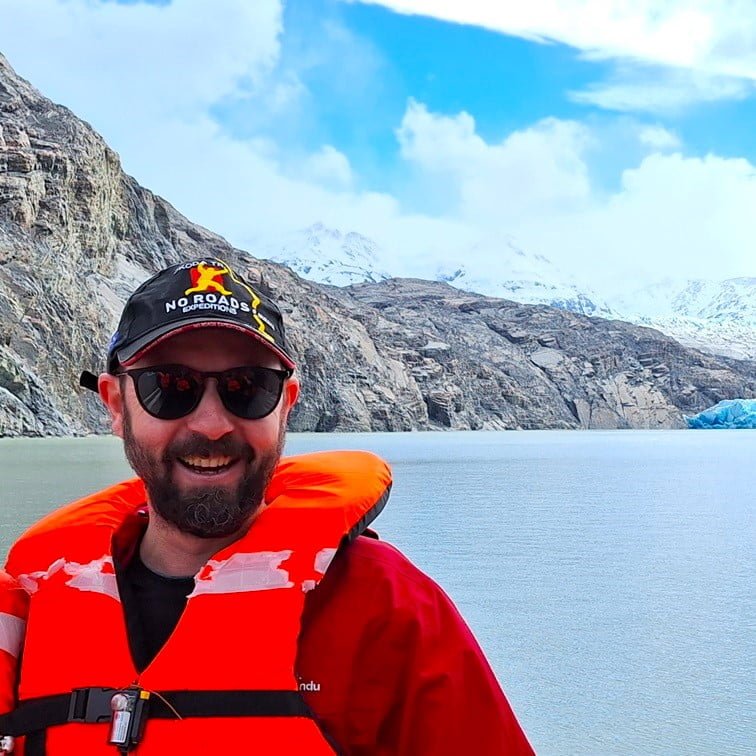The Guanaco Legend
-
“A long, long time ago, a Cacique named Kuanip punished two guanacos by locking them behind his hut. The male after escaping into the forest met the Fox, who convinced him of the benefits of life in freedom.
The Guanaco came back and told his whole family what he had learned, and since then the Guanaco went wild.”

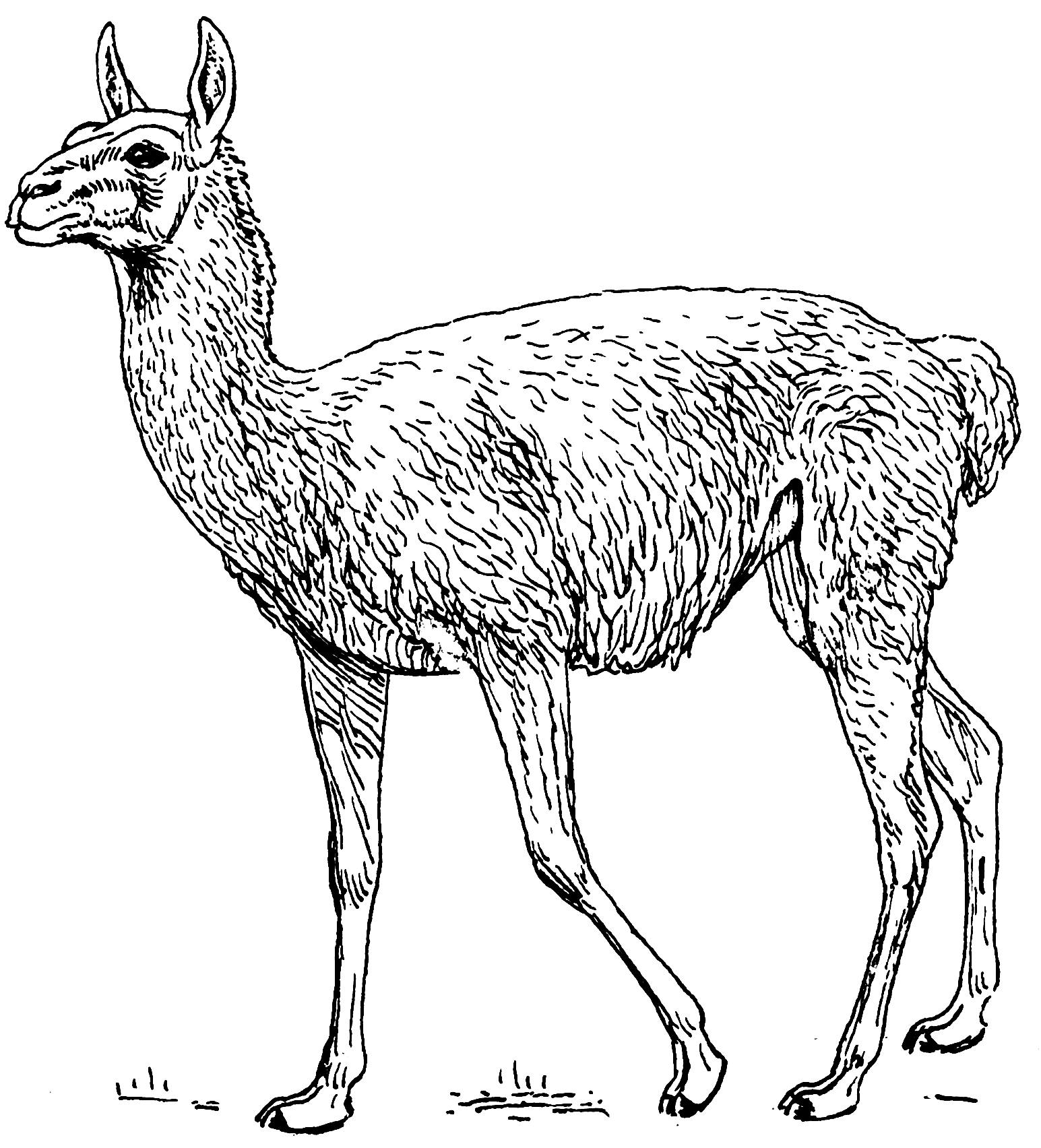
“The guanaco, which is smaller than the llama, and larger than the vicuna, wanders over the whole of South America, and is to be met with on peaks of the Andes more than twenty thousand feet high, as well as in the bare lands of southern Patagonia, where he is most numerous.”
Guanacos: Living and Dying in The red book of animal stories (1899)
It’s difficult to visit the wild and vast expanses of Patagonia, and not encounter the Guanaco.
They somehow manage to appear everywhere, despite the flat and often featureless landscape appearing empty.
Then, seemingly out of nowhere, a herd will appear, for rarely are they found alone.
Long ago are the days when they numbered almost 50 million, today around 5% of that figure remain, and are a protected species.
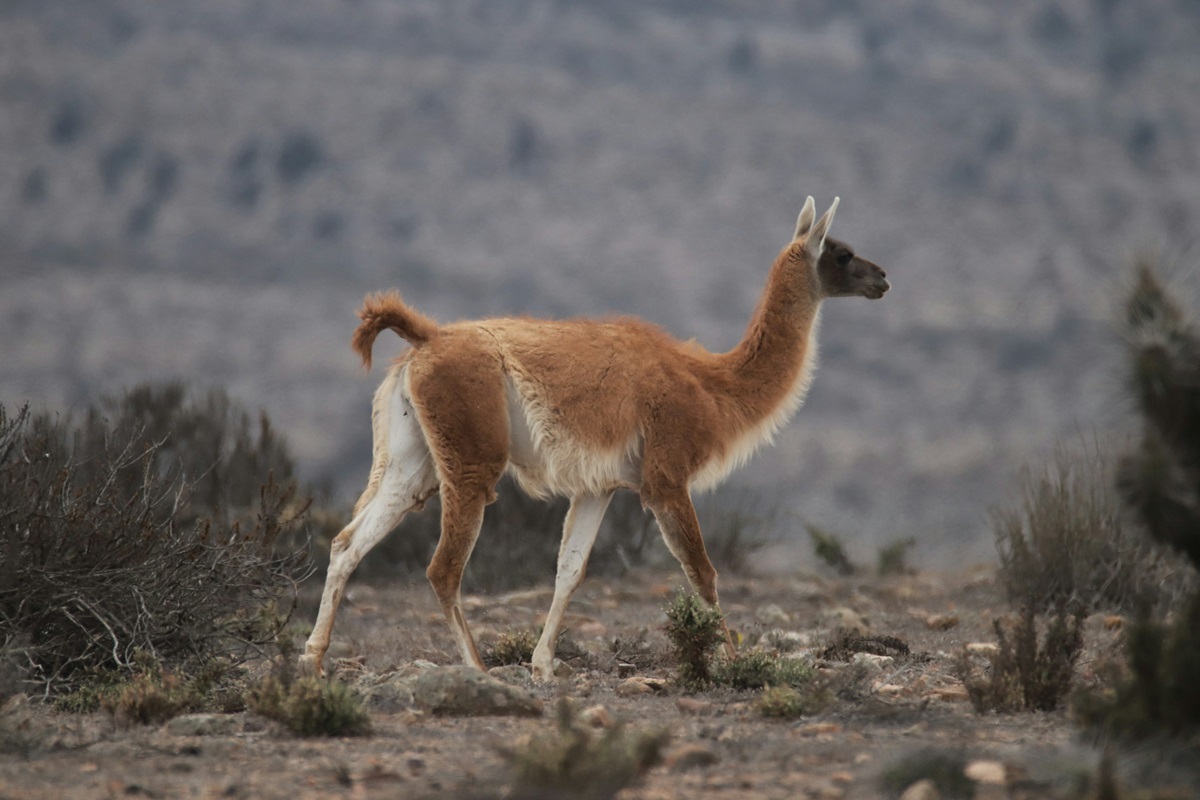
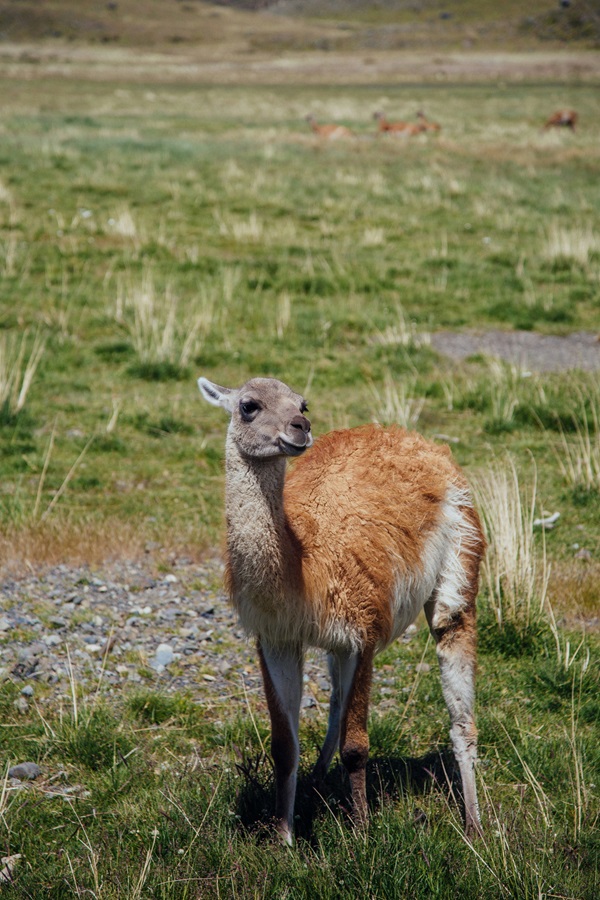
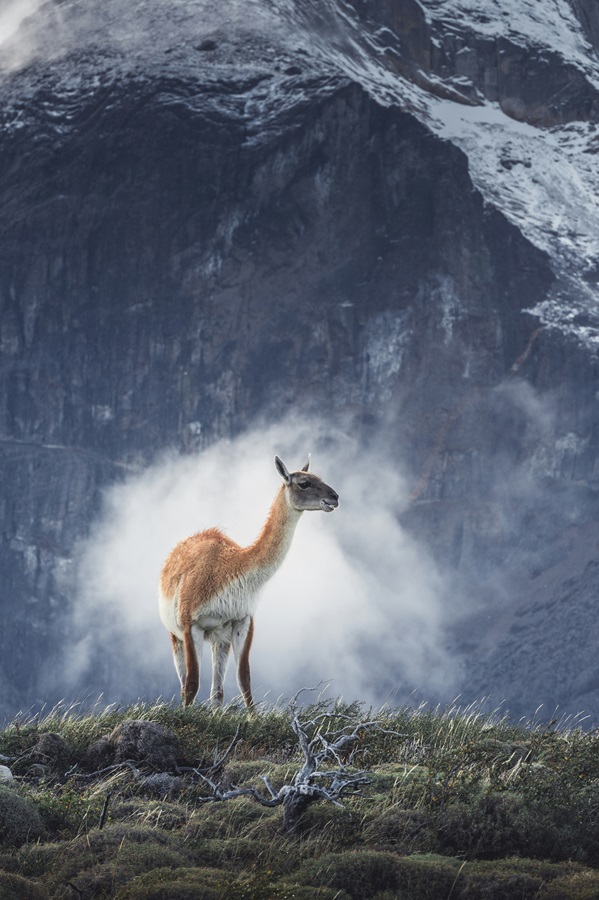
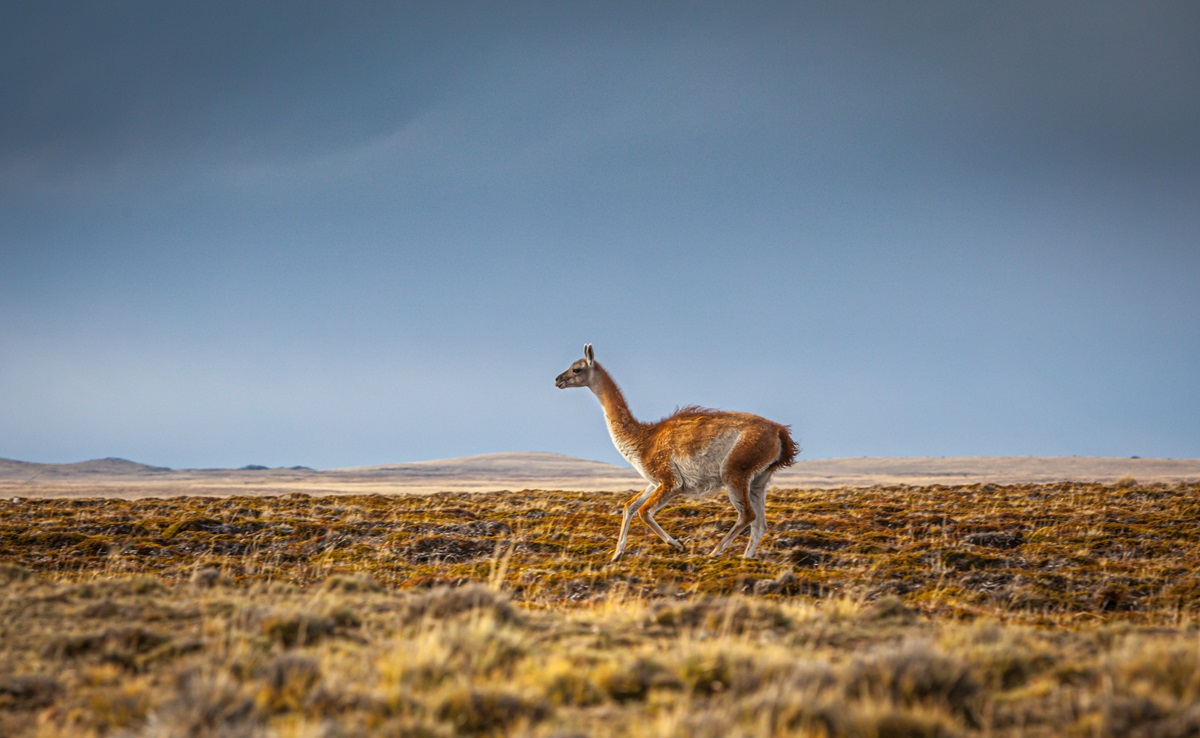
Keep an ear out as well.
Suddenly hear a high pitched laughter from nearby? Well… it’s probably not something to chuckle at.
That’s the Guanaco’s warning that a Puma is nearby, and given that they can run at 35mph (that’s almost 60kmh), they’re probably faster than you, so chances are, you’re a Puma lunch if you’re slow off the mark!!
When we say big hearted, we normally mean generous or full of love.
For the Guanaco, it’s far more literal than that. They have a heart 15% larger than comparable mammals, possible due to the majority living at high elevation in the Andes, or perhaps they need a bit more grunt to pump food through their three (yes, you read that correctly) stomachs.
I’m constantly hungry with only the one stomach to contend with. Imagine the whining if I had two more…
Social in nature, they’re usually found in herds of ten (or five times more for herds of males), but there is a true gender divide (like much of the human world).
Packs will always be female with a lone, dominant male, or a pack of solely males… unless of course they’re newly born Chulengos (the name for young Guanaco).
They can incredibly walk within 5 minutes of being born, so I’m sure they have at least that short time before they are cast out from the herd!
These hardy, adaptable creatures are one of the many highlights of a Patagonian adventure!
If you’re keen on spotting some young, most are usually born between December & March, the height of the Southern Hemisphere Summer!
Home of the famed "W Trek", I'd encourage anyone and everyone to do their utmost to visit as soon as possible before the landscape is changed forever (South American glaciers are currently at their smallest since the last ice age)!


